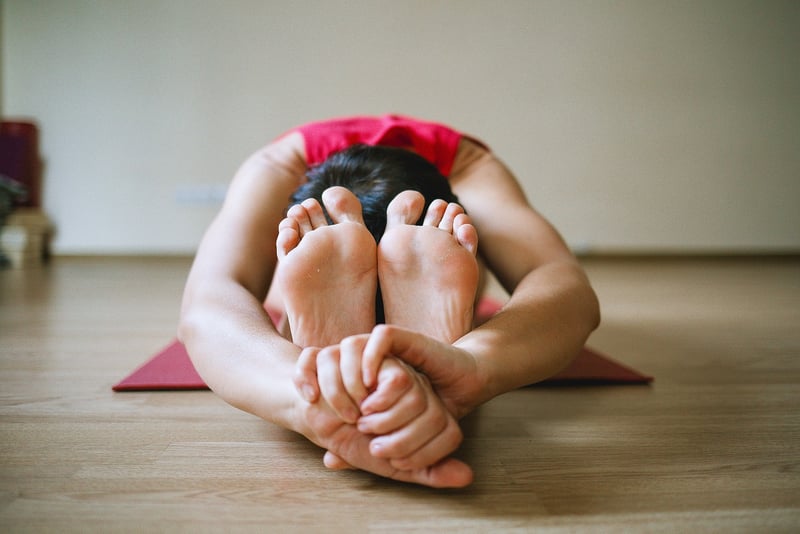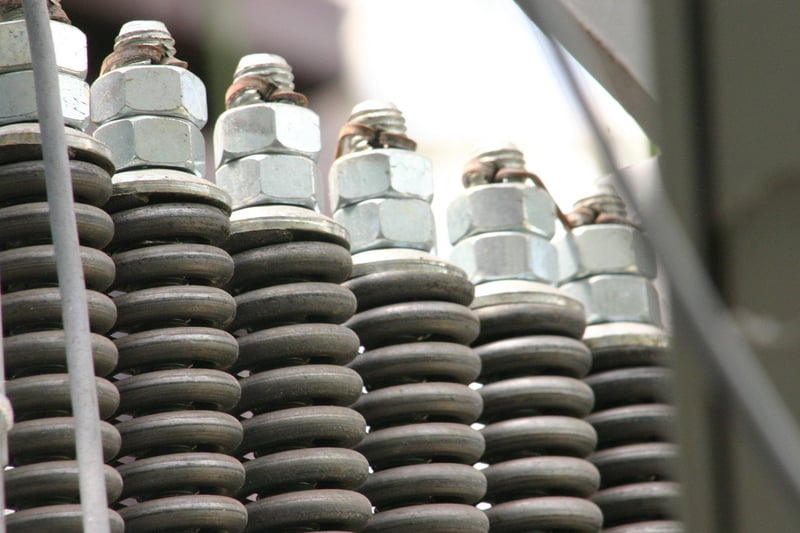Dynamic Alignment
Achieving Optimal Movement Flow and Dynamic Alignment
Efficient movement and proper alignment are essential for overall well-being and performance. Whether you are an athlete, a fitness enthusiast, or simply looking to improve your daily movements, understanding how to achieve optimal movement flow and dynamic alignment can significantly enhance your body's function and reduce the risk of injuries.
The Importance of Movement Flow
Movement flow refers to the smooth and seamless transition between different positions and exercises. It involves the coordination of various muscle groups, joints, and body segments to create fluid and controlled movements. When movement flow is optimal, energy is distributed efficiently throughout the body, allowing you to move with grace and precision.

Tips for Improving Movement Flow:
- Focus on proper breathing techniques to enhance oxygen supply to muscles and improve movement coordination.
- Practice mindfulness during movement to increase body awareness and control.
- Start with slow, deliberate movements and gradually increase speed as you become more comfortable with the sequence.
- Regularly incorporate flexibility and mobility exercises to maintain joint health and range of motion.
Understanding Dynamic Alignment
Dynamic alignment involves the optimal positioning of the body during movement. It considers factors such as posture, joint alignment, and muscle activation to ensure efficient movement patterns and reduce the risk of strain or injury. Maintaining dynamic alignment is crucial for maximizing performance and minimizing wear and tear on the body.

Tips for Achieving Dynamic Alignment:
- Focus on proper posture by aligning the ears, shoulders, hips, and ankles in a straight line during standing and moving activities.
- Engage the core muscles to stabilize the spine and pelvis, supporting proper alignment throughout various movements.
- Be mindful of your body positioning during exercises and activities, making adjustments as needed to maintain alignment.
- Regularly practice exercises that promote balance, stability, and coordination to enhance dynamic alignment.
By incorporating these principles into your fitness routine or daily activities, you can improve your movement quality, prevent injuries, and enhance your overall physical performance. Remember that achieving optimal movement flow and dynamic alignment is a continuous process that requires practice, patience, and a focus on proper technique.
Embrace the journey towards better movement patterns and alignment, and experience the positive impact it can have on your body and well-being.
